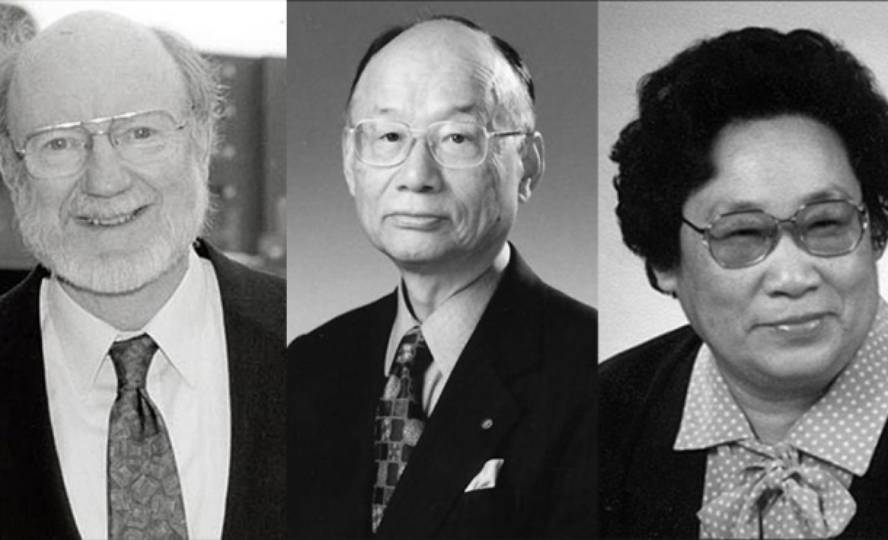Nobel Prize in Medicine for those who have invented therapies against diseases and malaria caused by parasitic worms
The Karolinska Institute has announced that this year the Nobel Prize in Physiology or Medicine will be distributed among three researchers, half William C. Campbell and Satoshi will receive the Consortium for the drugs invented against the diseases caused by the parasites and the other half by Youyou Tuk, for having invented a therapy against malaria.

This year, the Karolinska Institute, through the Nobel Prize in Physiology or Medicine, has decided to recognize the work of researchers who have developed therapies against diseases that affect millions and millions of people in the poorest places in the world.
In fact, at the press conference announced by the winners, it has been confirmed that there are more than 100 million people affected by filariasis or oncosis and 3,400 million by malaria. These diseases are endemic in the poorest countries of the world, and the representative of the Nobel Foundation explained that drugs to combat them are essential to improve the well-being and health of their inhabitants.
Therefore, the avermectin used to treat philariasis and onchocerciasis, as well as the artemisine used to fight malaria, will be the Nobel Prizes this year in the field of Physiology or Medicine.
From soil to livestock and from there to people
Satoshi Entrepreneurship was the researcher who took the first step towards the development of avermectin. It is an expert microbiologist in isolation of compounds from natural substances. Thus, it focused on the Streptomyces bacteria that inhabit the earth, as they produce numerous compounds with antibiotic properties. The bacterium refined its cultivation methodology in the laboratory and selected the species that produced the most efficient compounds, with a total of 50 species. Among them was S. avermitilis, a source of avermectin.
William C. The biologist Campbell has given continuity to the work of Creativity. He acquired the cultures of Streptomyce and analyzed their effectiveness. One of them realized that it was especially effective in combating livestock parasites. He isolated him and called him avermectin. Subsequently, it was chemically transformed to form a new compound, even more effective, ivermectin. Human tests showed that it was really effective in treating such diseases as phyariasis, onchocerciasis, and since then a series of drugs based on ivermectin have been created.
Traditional medicine
The other half of the Nobel Prize in Medicine will be received by someone who discovered the artemisine used to fight malaria, pharmacist Youyou Tu. In the explanations of the prize, the Nobel Foundation has emphasized that the discovery was made from traditional Chinese medicine.
In fact, quinine or chloroquine were used to treat malaria, but increasingly less effectively. Faced with this, Youyou Tuk turned to traditional Chinese medicine in search of the base of a new anti-malaria compound. Investigating with animals infected with malaria, an extract from the Aremisia Annua plant found it interesting. When he tested it, however, he did not get the expected results.
Thus, he studied the medical literature of the past and there he found the keys to carry his research on a good path. Thanks to this it isolated the active compound of the plant Aremisia annua, the artemisina. It showed its efficacy not only in animals, but also in humans. Based on this, the new agents that kill malaria have been developed in the first phases of the cycle.
The Nobel Foundation has emphasized that the discoveries of Avermectin and Artemisina have revolutionized the therapies of diseases caused by parasites and cannot measure the benefit they have reported.





